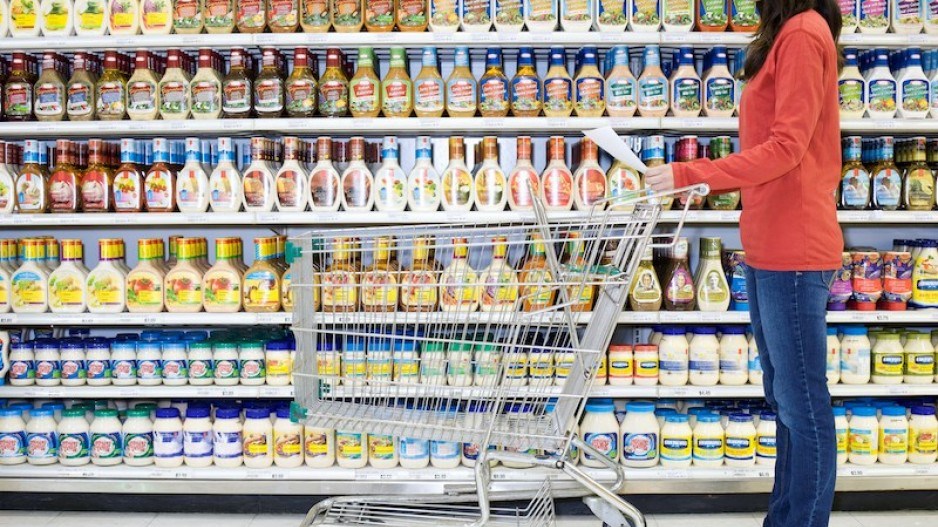In contrast to an uptick in the national inflation rate, British Columbia’s rate fell in June to 2.1 per cent year-over-year, from 2.3 per cent in May. Core measures also declined, with inflation excluding energy dropping to 2.7 per cent from 3.0 per cent while inflation excluding both food and energy fell to 2.5 per cent from 3.0 per cent. That said, B.C.’s inflation rate remained higher than the national reading of 1.9 per cent.
June’s inflation slip stemmed from several factors. The rising cost of food decelerated to 3.1 per cent from 3.2 per cent, even as grocery prices accelerated to 3.6 per cent. Seafood prices increased by 7.9 per cent, fruit rose 7.7 per cent, and other food products and non-alcoholic beverages increased 6.1 per cent. Vegetable prices declined 2.1 per cent and bakery and cereal prices fell 0.7 per cent. In contrast, restaurant prices decelerated.
A key driver of lower B.C. inflation was shelter costs, which rose by 2.6 per cent, slightly less than the 3.1 per cent increase recorded a month earlier. This was the sixth-straight month that the annual inflation rate for shelter declined—the lowest figure since February 2021.
When it came to energy, gasoline prices fell 11.5 per cent, a slower drop compared with the previous month’s decline of 14.5 per cent. The lower decline was partly due to crude oil prices spiking in June because of the conflict between Israel and Iran. Elimination of the consumer portion of the carbon tax was still the biggest factor in the overall decline in energy prices.
While B.C. residents are seeing some price relief, tariff-related shocks are filtering into prices. Vehicle prices are rising, as are goods such as clothing and footwear, pointing to some impacts of Canadian retaliation against U.S. tariffs.
B.C. housing market activity rebounded in June following months of weak sales. On a seasonally adjusted basis, home sales increased by 5.8 per cent to 5,707 units after a 0.4 per cent decline in May. That said, 2024 monthly sales figures have continued to trail those from a year ago—down by 3.9 per cent compared with June 2024, owing to persisting economic risks, uncertainty and challenging affordability conditions.
Home sales were up in almost all regions, except for the Kootenay region where sales fell by 3.7 per cent following a 3.0 per cent gain in May. In Greater Vancouver, home sales rose by 2.8 per cent, while increasing by 7.8 per cent on Vancouver Island. Home sales increased in Chilliwack by 57.4 per cent and in South Okanagan by 3.8 per cent. However, the broad trend of persistent weakness in the more expensive Lower Mainland compared with other regions continues.
The average home price in B.C. increased by 0.8 per cent in May to $949,300. Prices now sit 11.6 per cent below the historical peak in February 2022. Housing supply from new listings slowed 1.1 per cent, a third consecutive monthly decrease. Market conditions moved closer to a balanced state as the sales-to-new-listings ratio increased to 42.3 per cent from 39.6 per cent the previous month.
Regionally, higher prices were recorded in Greater Vancouver (1.7 per cent), Chilliwack (5.0 per cent), Victoria (1.1 per cent), the Kootenay (6.9 per cent), Kamloops (5.3 per cent) and Northern B.C. (2.8 per cent), while other regions saw price declines.
Bryan Yu is chief economist at Central 1.



